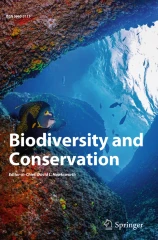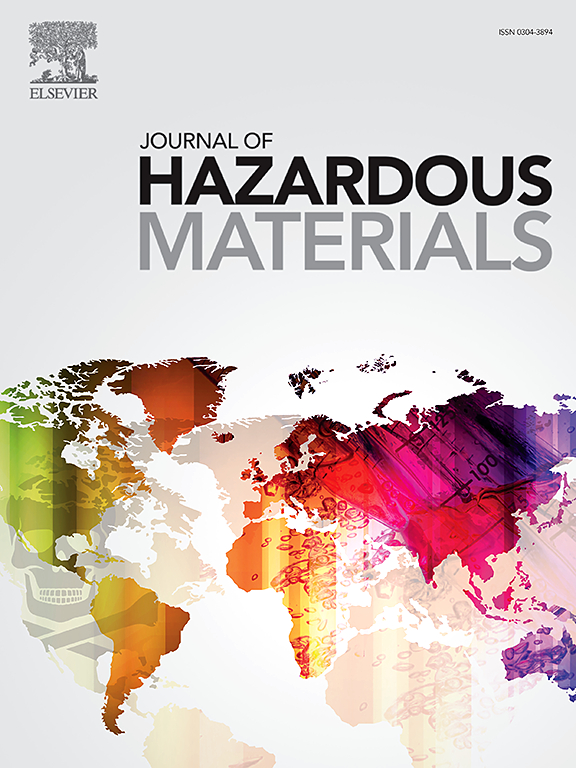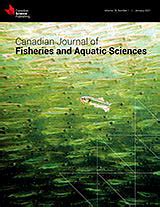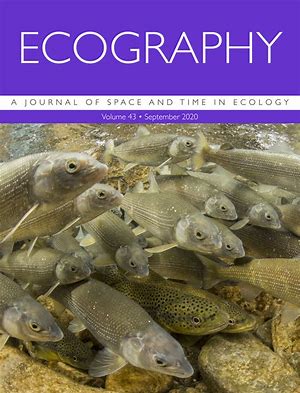Please find all scientific publications of IGB under > scientific publications
For more detailed information please refer to our > library catalogue
11 - 20 of 100 items
- Department:(Dept. 4) Fish Biology, Fisheries and Aquaculture

March 2025
Biodiversity and Conservation. - 34(2025), 1833–1855
Rare fish species in European lakes – patterns and processes
Thomas Mehner; Christine Argillier; Teresa Ferreira; Kerstin Holmgren; Erik Jeppesen; Fiona Kelly; Teet Krause; Mikko Olin; Pietro Volta; Ian J. Winfield; Sandra Brucet
February 2025
Conservation Biology. - 34(2025), 1559–1574
Amphibian conservation in Europe: the importance of pond condition
A. López‑de Sancha; D. Boix; L. Benejam; L. Briggs; T. A. Davidson; J. C. Fahy; V. Frutos‑Aragón; H. M. Greaves; P. Lemmens; T. Mehner; L. Martín; B. Oertli; C. Sayer; S. Brucet

January 2025
Water. - 17(2025)3, Art. 397
Aquaculture Development in Myanmar: Aquaculture Quo Vadis?
Sven Wuertz; Florian Muehlbauer

January 2025
Journal of Hazardous Materials. - 488(2025), Art. 137260
Freshwater browning as a hidden threat – Transcriptomic responses in fish gills exposed to fulvic acid
Thora Lieke; Verena Jung-Schroers; Alexander Rebl
January 2025
Ecography. - 2025(2025)5, Art. e07347
Drivers of amphibian species richness in European ponds
Alejandro López-de Sancha; Lluís Benejam; Dani Boix; Lars Briggs; Maria Cuenca-Cambronero; Thomas A. Davidson; Luc De Meester; Julie C. Fahy; Pieter Lemmens; Beatriz Martin; Thomas Mehner; Beat Oertli; Marzenna Rasmussen; Helen M. Greaves; Carl Sayer; Meryem Beklioğlu; Rein Brys; Sandra Brucet
January 2025
Biological Conservation. - 302(2025), Art. 110983
Stakeholder workshops on western Baltic cod fisheries–conflict and consensus in the face of a highly dynamic ecosystem
W.-C. Lewin; M.E. Pierce; R. Arlinghaus; M.S. Weltersbach; H.V. Strehlow
January 2025
Nature. - 638(2025), 138–145
One-quarter of freshwater fauna threatened with extinction
Catherine A. Sayer, Eresha Fernando, Randall R. Jimenez, Nicholas B. W. Macfarlane, Giovanni Rapacciuolo, Monika Böhm, Thomas M. Brooks, Topiltzin Contreras-MacBeath, Neil A. Cox, Ian Harrison, Michael Hoffmann, Richard Jenkins, Kevin G. Smith, Jean-Christophe Vié, John C. Abbott, David J. Allen, Gerald R. Allen, Violeta Barrios, Jean-Pierre Boudot, Savrina F. Carrizo, Patricia Charvet, Viola Clausnitzer, Leonardo Congiu, Keith A. Crandall, Neil Cumberlidge, Annabelle Cuttelod, James Dalton, Adam G. Daniels, Sammy De Grave, Geert De Knijf, Klaas-Douwe B. Dijkstra, Rory A. Dow, Jörg Freyhof, Nieves García, Joern Gessner, Abebe Getahun, Claudine Gibson, Matthew J. Gollock, Michael I. Grant, Alice E. R. Groom, Michael P. Hammer, Geoffrey A. Hammerson, Craig Hilton-Taylor, Laurel Hodgkinson, Robert A. Holland, Rima W. Jabado, Diego Juffe Bignoli, Vincent J. Kalkman, Bakhtiyor K. Karimov, Jens Kipping, Maurice Kottelat, Philippe A. Lalèyè, Helen K. Larson, Mark Lintermans, Federico Lozano, Arne Ludwig, Timothy J. Lyons, Laura Máiz-Tomé, Sanjay Molur, Heok Hee Ng, Catherine Numa, Amy F. Palmer-Newton, Charlotte Pike, Helen E. Pippard, Carla N. M. Polaz, Caroline M. Pollock, Rajeev Raghavan, Peter S. Rand, Tsilavina Ravelomanana, Roberto E. Reis, Cassandra L. Rigby, Janet A. Scott, Paul H. Skelton, Matthew R. Sloat, Jos Snoeks, Melanie L. J. Stiassny, Heok Hui Tan, Yoshinori Taniguchi, Eva B. Thorstad, Marcelo F. Tognelli, Armi G. Torres, Yan Torres, Denis Tweddle, Katsutoshi Watanabe, James R. S. Westrip, Emma G. E. Wright, E Zhang & William R. T. Darwall
The largest global assessment of freshwater animals on the IUCN Red List of Threatened Species to date has revealed that 24 per cent of the world’s freshwater fish, dragonfly, damselfly, crab, crayfish and shrimp species are at high risk of extinction.

January 2025
Canadian Journal of Fisheries and Aquatic Sciences.- 82(2025), S. 1–20.
How quota cuts, recreational fishing, and predator conservation can shape coastal commercial fishery efforts
Dieter Koemle; Sean Pascoe; Marc Simon Weltersbach; Birgit Gasslere; Robert Arlinghaus
January 2025
Scientific Reports. - 14(2024)1, Art. 21668
Predator exposure early in life shapes behavioral development and individual variation in a clonal fish
U. Scherer; K. L. Laskowski; M. M. Kressler; S. M. Ehlman; M. Wolf; D. Bierbach

December 2024
Fisheries Research. - 281(2025)XX, Art. 107239
Varying organic content in fish otoliths: Effects on SIMS-based δ18O measurements and possible corrections
Timo D. Rittweg; Michael Wiedenbeck; Jan Fietzke; Clive Trueman





